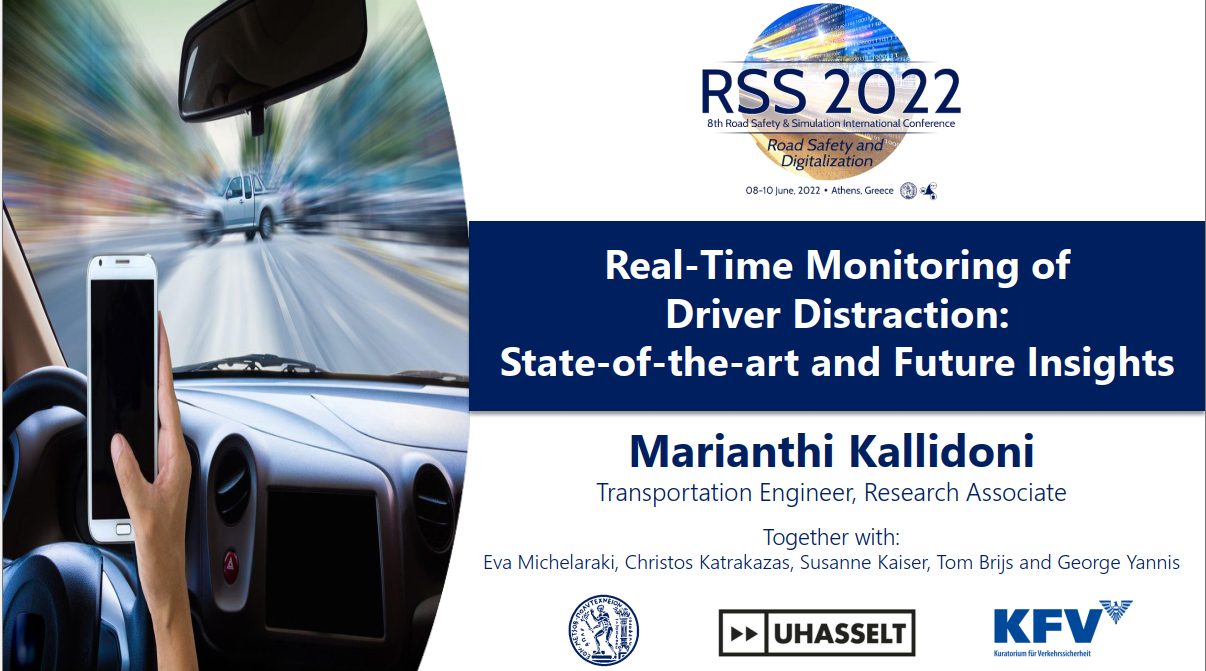
Human-related factors, especially driver distraction and inattention, are major contributors to a large number of serious road crashes. It is evident that distraction reduces to a great extent driver perception levels as well as decision making capability, which negatively affects driver’s ability to control the vehicle. An effective way to reduce these kinds of crashes would be through monitoring drivers’ mental state or driving behaviour and alerting them when they are in a distracted state. In recent years, several inexpensive and effective detection systems have been developed in order to mitigate driver inattention. This study aims to critically review and assess the state-ofthe-art in driver attention measuring, as well as the corresponding technologies for risk assessment and mitigation, as part of the i-DREAMS project. A thorough literature review was carried out in order to compare and contrast technologies that can be used to detect, monitor or measure driver’s distraction or attention. In most of the identified studies, driver distraction was measured with respect to its impact to driver behaviour. Real-time eye tracking systems, cardiac sensors on steering wheels, smartphone applications and cameras were found to be the most frequent devices to monitor and detect driver distraction. On the other hand, less frequent and effective approaches included electrodes, hand magnetic rings and glasses.
| ID | pc449 |
| Presentation | |
| Full Text | |
| Tags |







